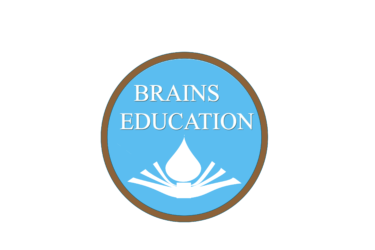Revised Syllabus 2021-22
ACCOUNTANCY
+2 Com 1st year
Unit – I: Introduction to Accounting Evolution of Accounting and Need for Accounting, Book-Keeping and Accounting – Meaning, definition and characteristics, Relationship between Book-Keeping, Accounting and Accountancy, Accounting as a language of business, Objectives, Advantages and Limitations of Accounting, Accounting as an information system, Users of accounting information, Branches of Accounting, Accounting Cycle.
Basic Accounting Concepts : Accounting Principles (GAAP), Concepts and Conventions, Accounting Standards: Concept and Objectives, IFRS: Concept and Objectives, Basic Terms: Event, Transaction, Vouchers, Debtors, Creditors, Purchases, Sales, Assets, Liabilities, Goods, Stock, Profit, Loss, Expense, Revenue, Income, Drawings and Capital, Accounting Equation: Meaning and Preparation, System of Record Keeping: Double Entry System and Single Entry System, Basis of Accounting : Cash Basis, Accrual Basis and Hybrid Basis, Classification of Accounts: British Approach and American Approach Rules of Debit and Credit.
Unit – II: Journal, Ledger and Trial Balance :
Journal : Meaning & Format of Journal, Advantages and Disadvantages of using journal, Rules of Journalizing, Recording of journal entries with narration
Ledger : Meaning & Format of Ledger, Rules of Posting and Balancing of Ledger Accounts. Subsidiary Book Cash Book, Purchase Book, Sales Book, Return Books, Bills Books and Journal Proper
Trial Balance : Meaning, objectives, advantages and limitations of Trial Balance, Preparation of Trial Balance from ledger accounts & Redrafting of trial balance from incorrect trial balance
Unit – III : Deleted
Unit –IV : Rectification of Errors and Bank Reconciliation Statement
Bank Reconciliation Statement Meaning, Need and Preparation of Bank Reconciliation Statement from cash book balance as well as pass book balance.
— All The Best —


